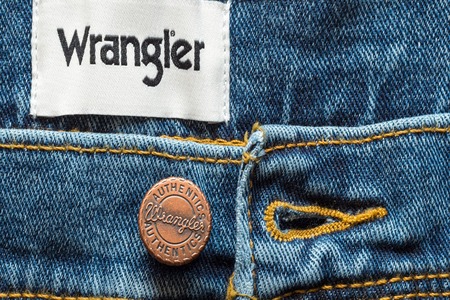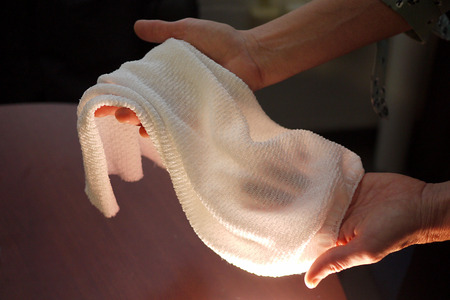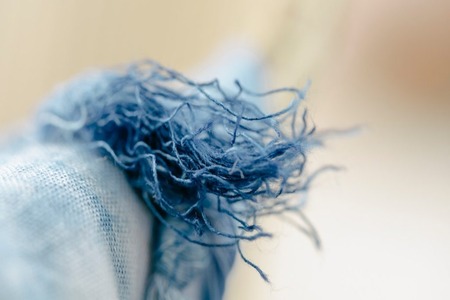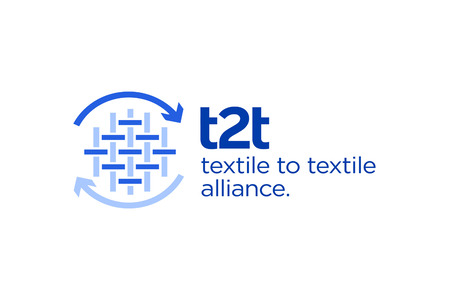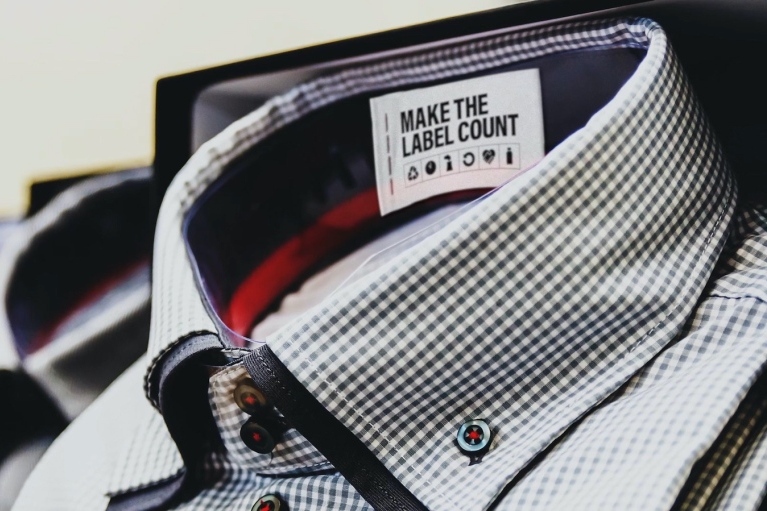
Campaigners claim EU eco-labels for fabrics not strict enough
YarnsandFibers News Bureau 2021-10-18 13:00:22 – United KingdomAs part of the EU's Green Deal agenda to transition to a climate-neutral and circular economy, product labels are getting a unified makeover to make it easier for customers to navigate through sustainability information. By 2023, all clothes sold in the European Union will be required to have an eco-label— but the nature of this label is still being decided.
From 2023, all garments and shoes sold in the EU will come with color-coded labels that educate customers about the environmental impact of the products. However, the “Make the Label Count” campaign, which was launched last week, claims that the 2013 measurement system is misleading, outdated, and not in line with the EU's climate targets.
According to environmentalists and trade groups, fossil fuel-derived fibers such as polyester will be certified as being more environmentally friendly than natural fibers.
Dalena White, Make the Label Count co-spokesperson and secretary-general of the IWTO, said that all-natural fibers will score red under the existing method. This is because the assessment criteria eliminate microplastic contamination, biodegradability, and renewability, which are the areas where natural fibers really shine.
The Product Environmental Footprint (PEF) is a standardized EU system for calculating the environmental impact of commercial products. It was created with the goal of providing customers with transparent and reliable information while also making it easy for manufacturers to certify their products across member states. Currently, the methodology can cover 14 impact categories which include toxicity (cancer-causing impacts), ozone depletion, and resource depletion (water use and fossil fuel).
In a trial program, PEF was tested on 25 products ranging from beer to stationery, T-shirts to leather. However, according to a report published by the campaign, the method is unsuitable for the fashion sector and does not represent the EU's aspirations, which have grown over the last eight years, or the current scientific consensus, which regards microplastic contamination as a major problem.
A representative for the European Commission said there was still "a long way to go" until the categories used to evaluate PEF were finalized.
During a panel discussion at the campaign's debut, Paola Migliorini, a commission spokesperson, said that the commission is completely behind the idea of making the label count. The European strategy for the textile industry was still in the works and that science-based assessments of textile lifecycles would be prioritized.
White added that the methodology used by the commission was incorrect. The period that oil is removed at the wellhead is used to calculate the life cycle of textiles derived from petroleum fibers. As a result, the amount of water, land, or years it took to generate that oil isn’t measured. However, the lifecycle of wool is measured from the time it begins to grow on the sheep's back, which takes eight to twelve months. It also calculates how much area and water the wool will need to develop. The system did not account for what happens to fibers when they are disposed of. They all sorely need some type of measuring. So the most practical approach would be to add those missing points to all of the hard efforts that have gone into establishing PEF. the time is running.
Market Intelligence
Ask for free sample Report

experience
Customer Base
dedicated team
Countries Served Worldwide




